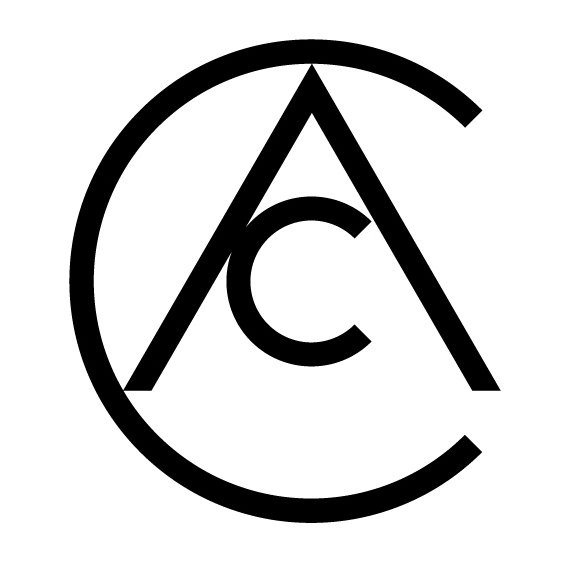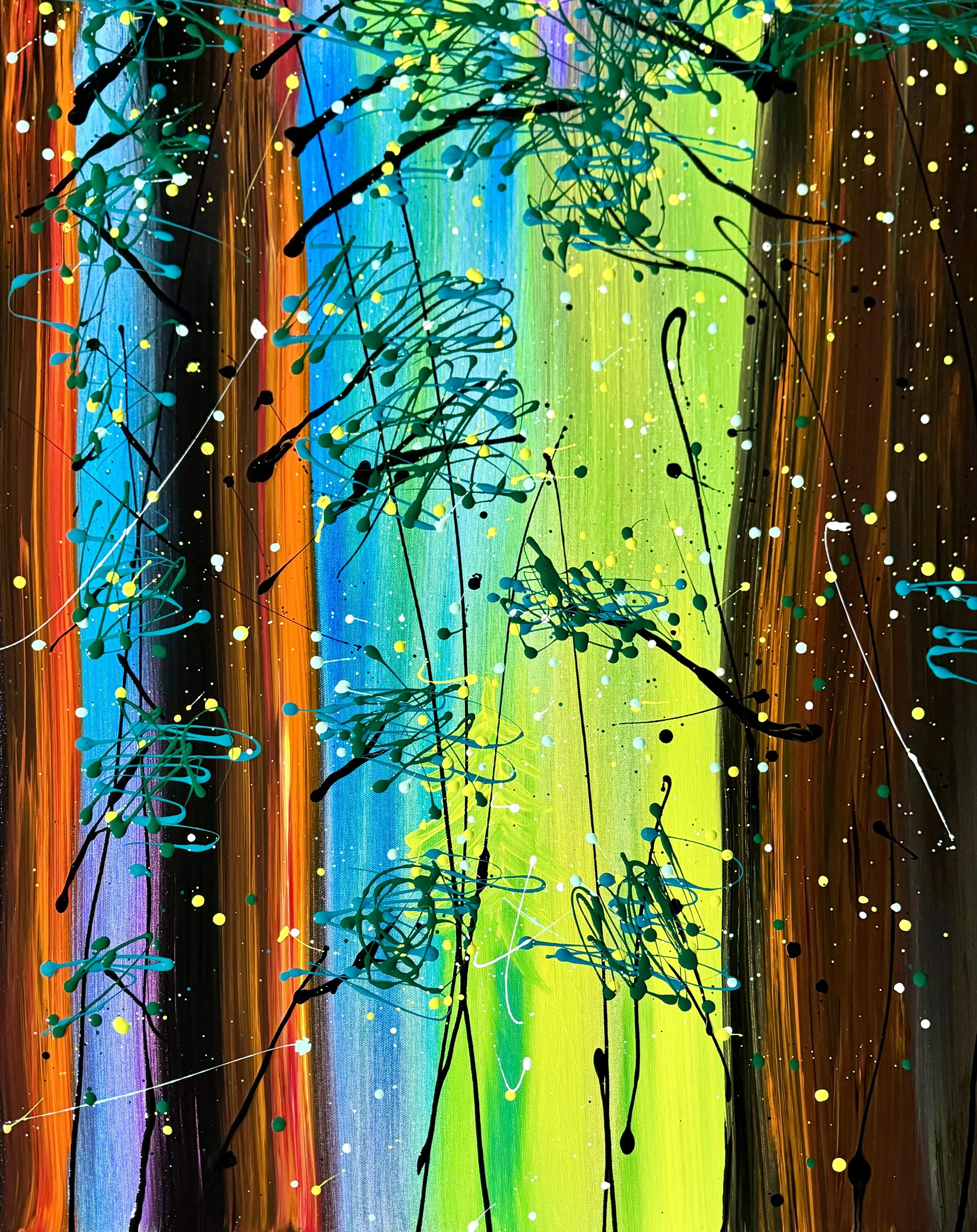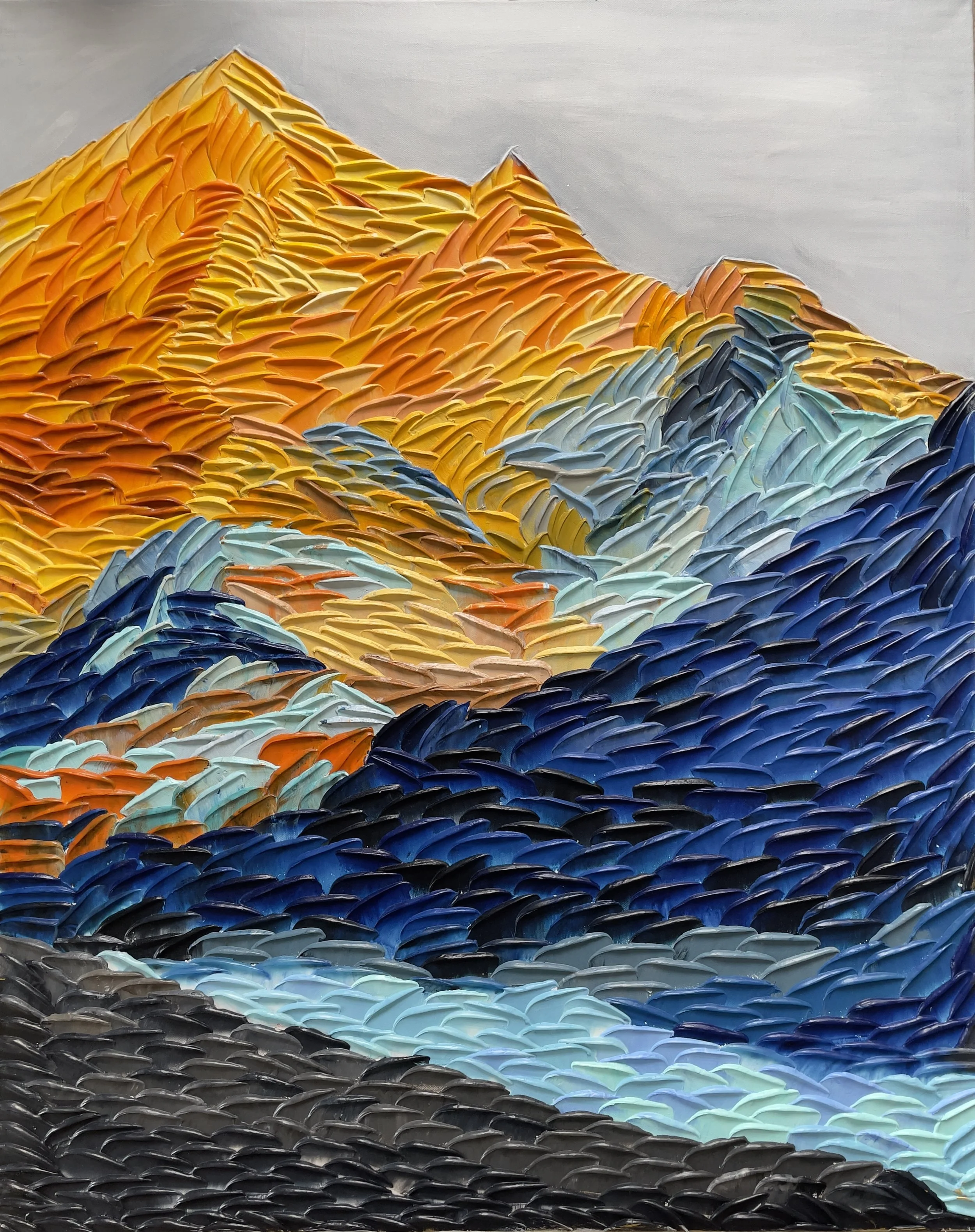Marco Benedetti’s oeuvre is a testament to the intricate dance between mediums, a symphony of traditional photography and diverse artistic methods that culminates in a rich tapestry of mixed media art. His works are a deep reflection of historical richness blended with modern-day relevance, bridging the gap between epochs with a nuanced understanding of form, emotion, and texture.
All in Painting
Armando Cabba
Armando Cabba’s artistry is a captivating journey through the intricate dance of portraiture and abstraction. His canvases are realms where the visceral and the ethereal coalesce, presenting a duality that is both profound and accessible. Known predominantly for his portraits, Cabba's works are more than mere representations; they are emotional landscapes painted with the vibrant palette of human experience.
Elena Dobrovolskaya
In the realm of contemporary art, where abstraction and conceptual motifs often dominate, the works of Elena Dobrovolskaya emerge as a refreshing homage to realism. Her oeuvre, a delightful collection of paintings and drawings, revels in the beauty of the tangible world, capturing the essence of everyday objects and people with an almost poetic grace. This review delves into the heart of Dobrovolskaya's artistry, exploring the nuances that make her work not only aesthetically pleasing but also profoundly significant in today's art landscape.
Interview with Dorothea Elisabeth Piper
The German artist Dorothea Elisabeth Piper, also known under her artist name ELIA, has been living and working south of Berlin since 1980. Since 1956, she spent her childhood in Lutherstadt Wittenberg, an old historical city known for its rich traditions, and studied pedagogy in Potsdam. After another degree in accounting and controlling, and the birth of three wonderful children, she devoted herself completely to art. In 2002 she opened her workshop ELIA in Ludwigsfelde. She loves to share her passion for painting and teaching during classes in her own painting school, in her workshop, and as an independent painting tutor. She supports the Volkshochschule Teltow-Fläming and the Akademie 2. Lebenshälfte on a voluntary basis and practices art with seniors.
Robert Ram
Robert Ram's artworks invite spectators into a realm where the boundaries of surrealism and magical realism intertwine, resulting in a mesmerizing tapestry of the extraordinary. Every artwork presented here acts as a gateway, inviting the viewer to step into a meticulously constructed realm that surpasses the ordinary. It demands the suspension of disbelief, urging one to fully embrace a world where the implausible and the unimaginable seamlessly intertwine in perfect unity.
Interview with Luciana Abait
Luciana Abait was born in Buenos Aires, Argentina and is currently based in Los Angeles. Her multimedia works deal with climate change and environmental fragility, and their impacts on immigration in particular.
Interview with Lusie Schellenberg
Who are some of the artists, past or present, who have influenced your work the most, and how do you hope your work will influence future artists?
Leonardo da Vinci is certainly one of the greatest artists of all time. His masterpieces, such as The Mona Lisa and The Last Supper, impress with their technical mastering idealism and anticipate many modern artistic trends. In my work, I will try to create unique works that will evoke emotions and imagination in people. I hope that my work will inspire future artists to experiment and create their own original art. Influencing other artists is a privilege, most of it, but it's a matter of time and does not depend on the wishes of the artist.)))
Michael Surber
Michael W. Surber's artistry is a striking display of color's emotive force and an adventurous exploration of form. His approach to painting is dynamic, marked by a tactile and often thick application of paint that seems to jump off the canvas, engaging the viewer directly. Surber's skillful use of a wide range of colors, from fiery reds and oranges to calming blues and greens, exhibits his deep understanding of color theory and its emotional resonance.
Patrick Joosten
Patrick Joosten stands out as a self-taught virtuoso in the abstract art scene, crafting pieces that are as spontaneous as they are meticulously thought out. His canvases serve as more than mere backdrops; they are vibrant arenas where color, texture, and form unite to orchestrate a complex visual experience. Joosten’s oeuvre is a compelling reminder of abstract art’s ability to stir emotions, prompt introspection, and challenge the viewer’s perspective.
Interview with Svetlana Malakhova
Svetlana, please share some of your earliest experiences or influences that led you to pursue an art career, mainly focusing on the human theme?
Actually, during my studying I had already understood that the most interesting theme for me is the human body. I distracted from humans, only during summer practice when we were focusing on landscapes and spent a lot of time painting fields and trees or parks and rivers not far from Moscow. So, during summer time, I was engrossed in landscape painting, but when I came back to Academy walls, I began to create with a new energy new artworks with human bodies and work with models. I think it had always been in my subconscious mind, but my mind understood it a little bit later. Then, I almost stop to work with any theme but humanity and I think one life is not enough to open this enormous and huge question.
Interview with Jianhui Ren
Mr Ren Jianhui, born in ChenDu, China. He graduated from Art Academy of Qing Hua University, his teacher was the art master Mr. Wu Guanzhong. He was selected as “Top 60 Masters of International Contemporarty artists” in 2013 by USA, Canada and Italy, he is also the first South East Asia artist to get this nomination. Mr. Ren Jianhui used to teach in National University of Singapore. He is the president of Artists Society of Singapore (2002 till present) and a member of China Artists Association.
Interview with Milena Bini
In your varied artistic journey, starting in adolescence, what initially led you toward art as a form of expression and how has this inspiration evolved over time?
Art was initially therapeutic for me, the medium that allowed me to express my states of mind. I remember in my early adolescent conflicts feeling a strong uneasiness, running to the attic, grabbing everything I had on hand: sand, paper, paints, glues, etc., and instinctively transferring my malaise to canvas or board. Art was my salvation. This is precisely why I enrolled in one school after another to learn how to express myself better in this language. The real passion blossomed in high school where I had the good fortune to meet good teachers who passed on to me a love of art history and human figure drawing; attending classes got me hooked on oil painting, over time I experimented with different techniques and expressions in various artistic fields, I was thirsty to learn.
Interview with Giovanni Gambasin
Giovanni Gambasin, born in 1951, started out in a family that was foreign to the artistic world. However, destiny led him on a unique artistic path, growing up in an unusual context: his father was sacristan of a small church in Crespano del Grappa, designed by none other than Antonio Canova as a 'dress rehearsal' for the Canovian temple in Possagno, the neoclassical artist's birthplace. A certainly peculiar context for the training of an artist.
Interview with Maja Pavlovska - Maja Angel
How has your journey from Macedonia to the Netherlands influenced your artistic style and themes in your paintings?
First of all I would like to express the honor, happiness and thankfulness to you and the whole team of Contemporary Art Curator, for giving me this great opportunity to present my art journey to your visitors and audience world wide, who are interested in art. I hope that my art journey will be interesting for them, as well.
Interview with Sharon Volpe
How do you balance the use of traditional painting techniques with modern digital tools in your creative process?
Well, every day I draw or paint traditionally either in my sketchbook or by just creating small works with ink to keep myself loose. At that point, I will transfer those ideas digitally and or enlarge them and make larger paintings. Digital transforming can allow me to make them into affordable prints, cards and stickers, and even a book. A larger painting would be if I may want to submit to a gallery show.
Atom Hovhanesyan
Atom Hovhanesyan's artistic journey, as experienced through his oeuvre, is a profound narrative of emotional depth, technical brilliance, and a relentless pursuit of a distinct visual language that speaks to the complexity of human experience. Born in Yerevan, Armenia, and later becoming a vibrant part of the New York art scene, Hovhanesyan's work is a testament to the power of art to transcend boundaries, both geographical and psychological.
Bex Wilkinson
Bex Wilkinson's paintings can be described as a vivid exploration of the abstract and figurative, where the visceral meets the ephemeral. Her work is a dance of colors and forms, a visual symphony that captures the complexities of emotion and the subtleties of the human condition. Wilkinson’s technique is reminiscent of the action painting of the Abstract Expressionists. Yet, it bears a personal stamp that is undeniably unique. The dynamic strokes, the splattering of paint, and the bold, sometimes almost violent application of color, create a sense of movement that is almost palpable. There is an urgency in her brushwork, a need to convey not just an image but a sensation, a feeling, an experience.
Ori Aviram
Ori Aviram’s paintings represent a distinct fusion of emotion, texture, and color, creating a vibrant tapestry that speaks to the human experience in its rawest form. His work transcends the traditional confines of canvas and pigment, offering instead a glimpse into a world where feeling and form collide with profound intensity.
Michael Kaphengst
Michael Kaphengst's artwork presents an intriguing exploration of color, form, and texture, displaying a unique and distinctive voice within the contemporary art scene.
The artist's sense of colour captivates the viewer, as vibrant hues harmoniously dance across the canvas, beckoning one to immerse themselves in the captivating world of the artwork. The artist's masterful manipulation of form traverses the realms of abstraction and representation, giving birth to a captivating visual discourse that both challenges and captivates the viewer.
Gayathrisai (Gaya) Chandrasekaran
Gaya Chandrasekaran's exquisite collection of artworks orchestrates a harmonious blend of texture, color, and emotive prowess, captivating the senses and beckoning the viewer into a realm of profound contemplation. The artist's oeuvre is distinguished by a daring exploration of impasto technique, wherein the application of paint is executed with such audacity that the viewer is immediately captivated by the discernible knife or brush strokes. This deliberate choice bestows upon each artwork a remarkable three-dimensional quality, allowing it to command a tangible presence within the realm of visual perception. The artist's masterful manipulation of texture beckons the viewer to engage with the artwork on a multisensory level, transcending the boundaries of mere visual perception.




















